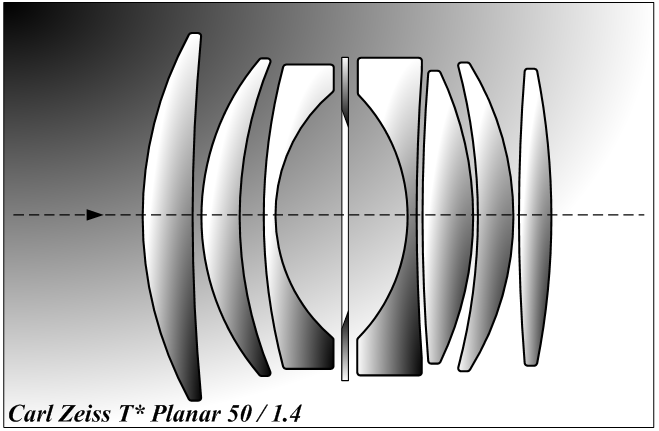There is a valid observation that photographers obsess over lens quality, viewing images at the pixel level and ultimately losing sight of the important factors that actually make a compelling photograph. Which is not to denigrate examining an image at pixel level, it can provide feedback on technique, information on the lens character and effect of atmospherics on capturing fine detail. How relevant pixel peeping is on a monitor when images are viewed by the public via a display, book or ideally a print, I'm not so certain, given the effect of Jpeg compression, ink nozzle diameter and bleed. Nonetheless, there is compelling evidence on gear forums, where web sized comparisons are posted of images with exif data stripped, from assorted high quality primes, kit zooms etc and the cognoscenti are asked to identify the mystery lenses. When images are made with wide open apertures there's an impressive hit rate on identifying lenses, when lens apertures are stopped down embarrassment has resulted. Simply put, many lens optical aberrations and phenomena become more problematic as the physical size of the aperture gets larger and angles of incident light become steeper for marginal and oblique rays of light gathered by the lens.
Optical designers can correct or minimise optical aberrations and phenomena through a combination and selection of optical glass, lens elements, physical size, coatings, tolerances, build etc A comparison of two contemporary lens designs is a perfect illustration of the trade offs in weight, size and cost, to achieve a high level of optical performance wide open.
Zeiss Otus 55mm F1.4 marketed as The best standard lens in the world
Optical design : 12 lens elements in 10 groups, of which 6 lens elements are made of special glass with anomalous partial dispersion and 1 aspheric lens element.
Weight : 1 Kg
Dimensions : 92.4 mm in diameter and 127.3 mm long without caps.
Focus - manual
Retail price ~ £3,000
 |
| Zeiss Otus 55mm f1.4 @ Zeiss |
Zeiss Planar T 50mm F1.4 marketed as Reveal the true character
Optical design : 7 lens elements in 6 groups
Weight : 0.38 Kg
Dimensions : 71.3 mm in diameter and 48 mm long without caps.
Focus - manual
Retail price ~ £560
 |
| By Tamasflex (Own work) [CC BY-SA 3.0 (http://creativecommons.org/licenses/by-sa/3.0) or GFDL (http://www.gnu.org/copyleft/fdl.html)], via Wikimedia Commons |
No comments:
Post a Comment